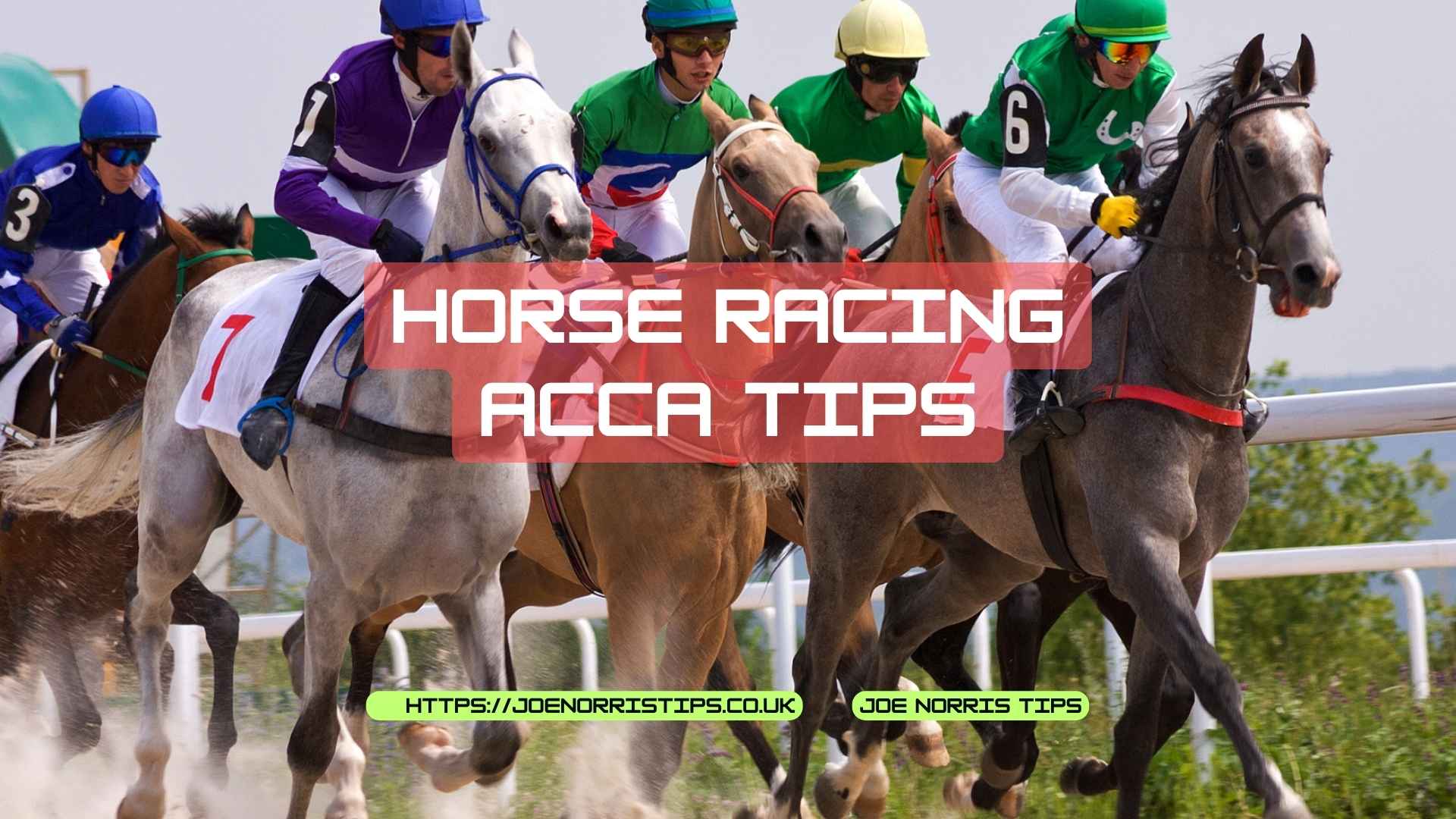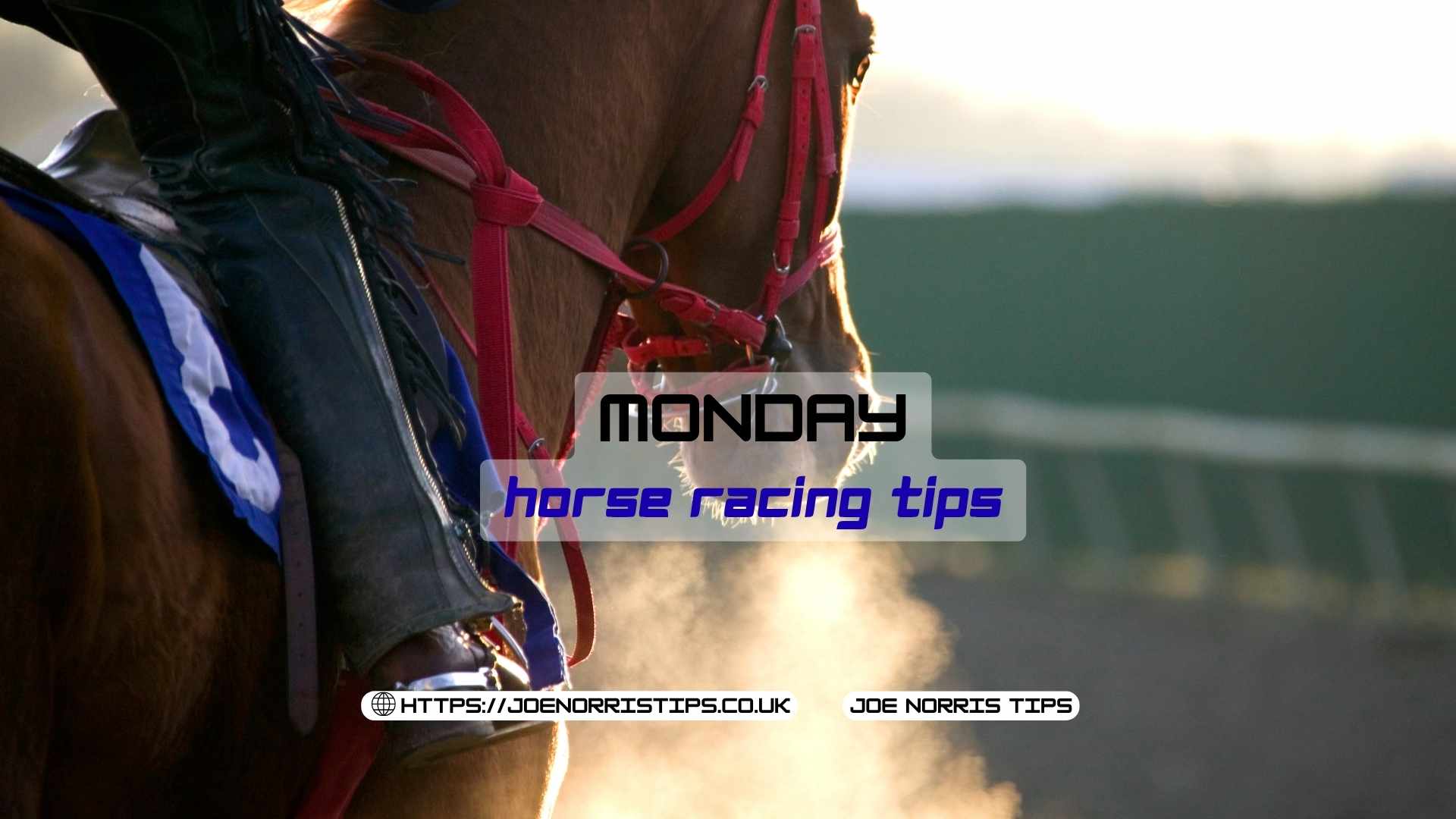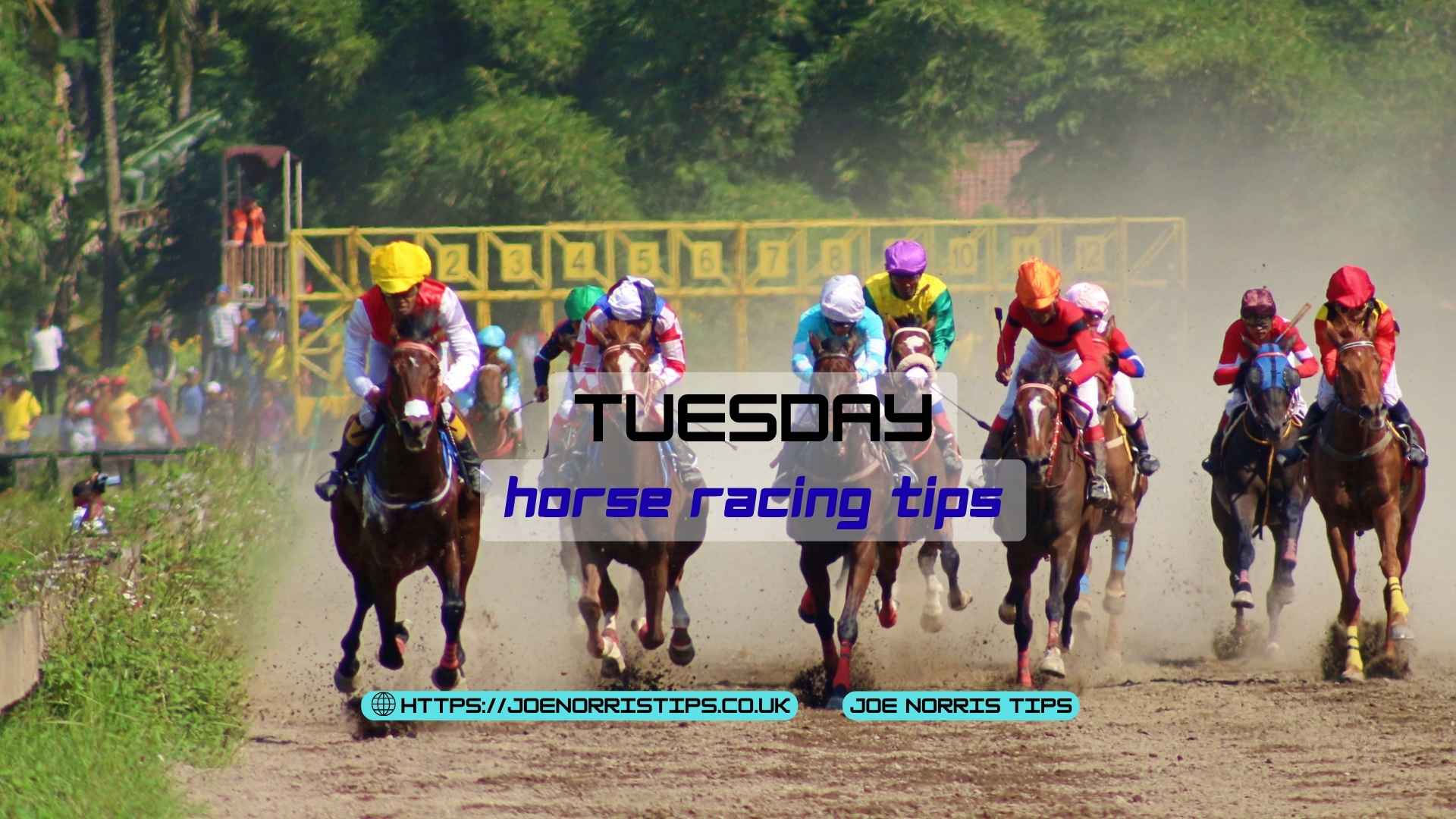Few indicators are more revealing than top speed when finding winners in horse racing.
I rely on top-speed ratings as one of the key tools in my betting strategy.
Speed figures tell you how fast a horse has run in race conditions – not just where it finished – making them an essential part of identifying value and spotting overlooked contenders.
I will share how I use top speed to refine my selections, avoid common betting traps, and increase long-term profitability.
From analysing race conditions and jockey performance to understanding how top speed fits into a wider betting system, I’ll walk you through how to apply this data correctly.
Whether you’re a seasoned punter or just getting into form analysis, these insights will give you a clear edge when building smarter, more confident bets.
Contents
- Top Speed Horse Racing Tips
- Understanding Top Speed in Horse Racing
- Factors Affecting Top Speed in Horse Racing
- Strategies for Betting on Top-Speed Horses
- Common Mistakes to Avoid in Horse Racing Betting
- Putting Top-Speed into Practice for Better Betting Results
- Horse Racing Top-Speed Tips FAQs
- Summary of Joe Norris’ Horse Racing Top-Speed Tips
Top Speed Horse Racing Tips
Get today’s Top Speed racing tips:
Meeting | Time | Name | TS Ratings | Bet Slip |
|---|---|---|---|---|
| Catterick Bridge | 12:15 | Farmer Jimmy | Top Speed Horse | Add to BetSlip → |
| Catterick Bridge | 12:45 | Keyboard | Top Speed Horse | Add to BetSlip → |
| Catterick Bridge | 13:15 | Passing Pleasure | Top Speed Horse | Add to BetSlip → |
| Catterick Bridge | 13:45 | Joeybottles | Top Speed Horse | Add to BetSlip → |
| Catterick Bridge | 14:15 | Suitably Surprised | Top Speed Horse | Add to BetSlip → |
| Catterick Bridge | 14:45 | Toon Town | Top Speed Horse | Add to BetSlip → |
| Catterick Bridge | 15:20 | Clay Pigeons | Top Speed Horse | Add to BetSlip → |
| Newcastle | 15:12 | Billy Bathgate | Top Speed Horse | Add to BetSlip → |
| Newcastle | 15:45 | Luminare | Top Speed Horse | Add to BetSlip → |
| Newcastle | 16:15 | Sunlit Sea | Top Speed Horse | Add to BetSlip → |
| Newcastle | 16:45 | Inspired | Top Speed Horse | Add to BetSlip → |
| Newcastle | 17:15 | Crownthorpe | Top Speed Horse | Add to BetSlip → |
| Newcastle | 17:45 | Front Gunner | Top Speed Horse | Add to BetSlip → |
| Newcastle | 18:15 | Green Valentine | Top Speed Horse | Add to BetSlip → |
| Newcastle | 18:45 | Teardrops | Top Speed Horse | Add to BetSlip → |
| Newcastle | 19:15 | Carlton And Co | Top Speed Horse | Add to BetSlip → |
| Wincanton | 12:30 | Regent'S Stroll | Top Speed Horse | Add to BetSlip → |
| Wincanton | 13:00 | School For Scandal | Top Speed Horse | Add to BetSlip → |
| Wincanton | 13:30 | Piping Rock | Top Speed Horse | Add to BetSlip → |
| Wincanton | 14:00 | Swingin Safari | Top Speed Horse | Add to BetSlip → |
| Wincanton | 14:30 | Noahsgreatrainbow | Top Speed Horse | Add to BetSlip → |
| Wincanton | 15:00 | Apples Moon | Top Speed Horse | Add to BetSlip → |
| Wincanton | 15:30 | Railway Bell | Top Speed Horse | Add to BetSlip → |
Understanding Top Speed in Horse Racing
Top speed is among the most underrated yet powerful indicators in horse racing betting.
I always include top-speed ratings in my analysis at Joe Norris Tips because they give a clearer picture of a horse’s real racing ability.
Top speed is the highest speed a horse has recorded in a race, usually measured over a specific distance. It’s not just about how fast they finished but how effectively they sustained pace under race pressure.
When interpreted correctly, top-speed figures can separate likely winners from overhyped contenders.
Factors Affecting Top Speed in Horse Racing
Top-speed performance doesn’t happen in isolation. A range of variables directly influences how fast a horse can run, and these need to be considered before placing any bet.
Track Conditions and Distance
Track conditions play a massive role in how top speed plays out. A horse may have a strong top-speed figure on good-to-firm ground but struggle to replicate that on soft or heavy going.
I always match past speed figures to the current surface before making a judgment.
Distance is equally essential – some horses hit high speeds over five furlongs but flatten out over a mile.
I never rely on top-speed data without context because even a great figure becomes meaningless if logged under completely different race conditions.
Weight and Jockey Performance
Weight carried and the jockey’s skill can make or break top-speed execution.
A top-speed rating from a horse carrying minimal weight might not hold up in a handicap with heavier loads. Similarly, a top rider can coax a better pace from a horse than an inexperienced jockey might manage.
I always factor whether the horse achieved its top-speed rating under similar weight and jockey conditions at Joe Norris Tips. Without this filter, the data can be misleading.
Strategies for Betting on Top-Speed Horses
I use top speed most effectively in sprints and tight handicaps. In short races, there’s often little time for tactics – raw speed matters most. That’s where high-top-speed horses have the edge.
I also like top speed as a confirmation tool.
If I already like a horse based on form and race setup, and its speed figures confirm it, that gives me extra confidence to make it part of my bets, especially in singles, doubles, or as part of a Yankee.
Using Top-Speed to Make Informed Bets
Top-speed data is most effective when used to support broader analysis.
I never back a horse on speed alone, but I always check if the numbers align with form, pace setup, and tactical conditions.
If a horse has the top speed in the race and is also drawn well, with a jockey who knows how to ride prominently, that’s where the betting value often sits.
How to Analyze Top-Speed Data
When reviewing top-speed data, I start by isolating a horse’s most recent top performances over today’s distance and going. I look for consistency – has the horse hit similar speed figures multiple times, or was it a one-off?
I also assess how those figures compare with today’s rivals.
A standout top-speed rating in a field of slower horses can be a significant advantage, especially in lower-grade races where class gaps are wider.
Speed needs context – so I pair it with visual race reviews and sectionals to check if the pace was genuine or inflated by race dynamics.
Common Mistakes to Avoid in Horse Racing Betting
Many punters make the mistake of ignoring top speed altogether or leaning too heavily. Here’s how I approach it to avoid those errors.
Overlooking Top Speed in Favour of Other Factors
Some punters dismiss top-speed in favour of recent form or trainer stats, but I believe that’s short-sighted. A horse might finish third or fourth but still post the highest speed figure in the race. That suggests it had more to give under better race circumstances.
Ignoring speed can mean missing value – especially on horses stepping back into more favourable conditions.
Ignoring Track Conditions and Weather
Using top speed without adjusting for weather or surface is another significant error.
You’ve got to match the data to today’s setup. A fast time on firm ground guarantees nothing if the course has turned soft.
I always compare like for like – same going, same trip, similar pace. Without that, top-speed ratings lose their edge.
Putting Top-Speed into Practice for Better Betting Results
Once you understand how to use top speed in your analysis, it becomes one of the sharpest tools in your betting kit. It’s not a replacement for other metrics – it’s a compliment.
I use it to confirm picks, highlight underestimated runners, and occasionally as a tiebreaker between two evenly matched horses.
I’ve landed plenty of winners where top speed gave me the confidence to pull the trigger on a selection others overlooked.
Horse Racing Top-Speed Tips FAQs
How Can Horse Racing Top-Speed Tips Improve My Betting?
Horse racing top-speed tips improve my betting by adding a measurable performance indicator to complement form and race visuals.
Speed ratings help confirm or question gut instinct by showing how fast a horse ran under race pressure.
I use this data to spot hidden values and eliminate weak selections that look better on paper than in pace.
Who Can Benefit from Horse Racing Top-Speed Tips?
All punters benefit from top-speed tips – whether casual bettors or data-driven regulars. Speed figures help anyone who values structure and logic over blind guessing. I rely on them to make smarter bets and give more confidence when narrowing down shortlists.
How Are Horse Racing Top-Speed Tips Calculated?
Top-speed tips are calculated using official speed ratings, which I adjust based on ground conditions, weight carried, race pace, and jockey influence.
I only accept the raw figure but assess how it was earned. A strong rating earned while facing adversity holds more value than one earned in perfect conditions.
Are Horse Racing Top-Speed Tips Reliable?
Top-speed tips are reliable when used with race context and form indicators. They don’t win every race independently, but they significantly improve accuracy when added to a well-rounded strategy.
I trust speed data to confirm potential and filter hype from substance.
How Can I Access Horse Racing Top-Speed Tips?
I access top-speed tips through race previews and analytical tools that break down speed ratings with context.
Each tip I follow includes the whole reasoning, showing how the figure matches the day’s setup. These tips aren’t just numbers – they’re part of a learning system that sharpens my long-term betting results.
Summary of Joe Norris’ Horse Racing Top-Speed Tips
Top speed is one of the sharpest tools a punter can use – and at Joe Norris Tips, I show you exactly how to apply it.
I don’t rely on speed alone, but I use it to validate my strongest bets, especially in sprints and mid-level handicaps. With proper context – adjusting for track, ground, jockey, and weight – top speed becomes a clear, measurable edge in racing analysis.
My tips are designed for punters who want more than surface-level picks. If you’re ready to dig deeper, learn the logic, and bet with a clearer picture of race dynamics, my top-speed strategies guide you.
From daily picks to big race previews, I’ll help you turn speed data into more intelligent, more profitable decisions.




